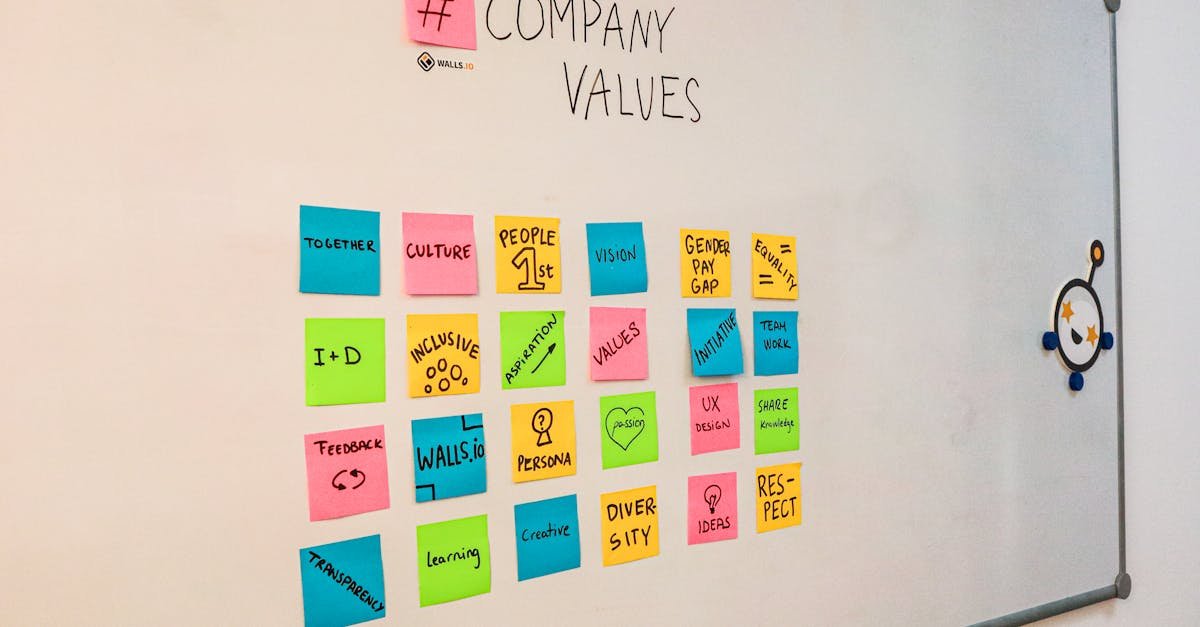Navigating Future Trends in GBS Culture for Strategic Success
Have you ever felt like your shared services team is stuck in the past? You’re not alone. In today’s rapid-paced environment, how do we shift gears and embrace transformation? I’ve spent over 20 years in the outsourcing and offshoring industry, working with many organizations to set up shared service centers. Transformation isn’t just a buzzword; it’s essential for survival. Let’s dive into some game-changing trends that can help shape a thriving GBS culture. The Shift to a People-Centric Culture First off, we can’t overlook the impact of people. Shared services are about transactions, but at the core, it’s about people serving people. When was the last time you prioritized the human element? Fostering a people-centric culture not only boosts morale but also increases productivity. Consider these points: Celebrate Diversity: Embrace different perspectives in your team. Diversity drives creativity and innovation. Invest in Training: Continuous learning should be at the forefront. Your team should feel equipped to tackle new challenges. Encourage Feedback: Create an open loop for ideas. Your team has incredible insights. Use them! When your people feel valued, they become more engaged, and this is critical for the shared services transformation you’re striving for. Data-Driven Decision Making Are you still making gut decisions? That’s so yesterday. Today, data is your best friend. Leveraging analytics helps iron out inefficiencies and makes your processes more robust. Track KPIs: Put benchmarks in place. Measuring productivity and performance gives you a tangible way to assess progress. Invest in Technology: Tools for data visualization can turn complex information into digestible insights. Iterate: Use this data to refine processes continuously. Innovation doesn’t happen overnight! When data drives your decision-making, you enable a level of transparency that simply cannot be achieved otherwise. Embracing Technology and Automation Let’s be honest: manual processes are a pain. Ask yourself, what parts of your shared services can be automated? Investing in the right technology can free your team to focus on higher-value tasks. Robotic Process Automation (RPA): Streamline repetitive tasks with RPA. Think of it as your workforce’s assistant, handling the mundane while your team tackles the intricate. Cloud Solutions: Move data storage and critical applications to the cloud. It’s flexible, scalable, and improves collaboration. AI and Machine Learning: The future, my friend! AI isn’t just for tech giants; consider how it can help optimize workflows and improve customer interactions. Embracing automation clears out the clutter, allowing your team to focus on strategic success. Agility and Adaptability How would you fare in a constantly changing environment? If your answer isn’t “I’d thrive,” it’s time for a reality check. Building an agile culture isn’t just a trend; it’s a necessity. Here’s how you can cultivate it: Quick Wins: Focus on short, actionable projects. They build momentum and boost confidence. Regular Check-Ins: Have weekly meetings to gauge what’s working and what’s not. Encourage Risk-Taking: Create a safe space for your team to take smart risks. It leads to creative solutions! When agility seeps into your culture, you pave the way for innovation and sustained growth. Fostering a Customer-Centric Mindset Is your team’s focus on internal efficiencies leaving the customer behind? This can be a deal-breaker. Your shared services exist to serve internal stakeholders as well as your end customers. A customer-centric mindset leads to: Enhanced Communication: Talk to your clients! Understand their pain points to tailor your services accordingly. Feedback Loops: Regularly solicit feedback to fine-tune processes and offerings. It’s all about evolution. Empower Teams: Equip your staff to provide immediate solutions to customer challenges. When you prioritize the customer experience, you not only gain their trust but also drive strategic success. Building a Continuous Improvement Culture Change is constant, and so should your commitment to improvement. Creating a culture of continuous improvement means your team should always be seeking better ways of doing things. A few strategies include: Kaizen Approach: Encourage small, incremental changes that lead to significant improvements over time. Training Workshops: Regular workshops keep your team updated with new trends and techniques. Empower Employees: Encourage suggestions and allow space for experimentation. Continuous improvement keeps the energy alive in your culture and ultimately enhances efficiency. Conclusion Let’s revisit the core—whenever you feel like your GBS culture is lagging, hold on to these insights. Transform your environment through a focus on people, data, tech adoption, agility, customer orientation, and continuous improvement. Embrace these trends for not just survival, but thriving in the shared services space. Feeling inspired? The THEGBSESGE blog is a treasure trove of insights on shared services transformation, innovation, and leadership. I’ve shared my journey and lessons learned on this incredible platform; you might find what resonates with you over a cup of coffee. Until next time, keep pushing forward!
Navigating Future Trends in GBS Culture for Strategic Success Read More »









